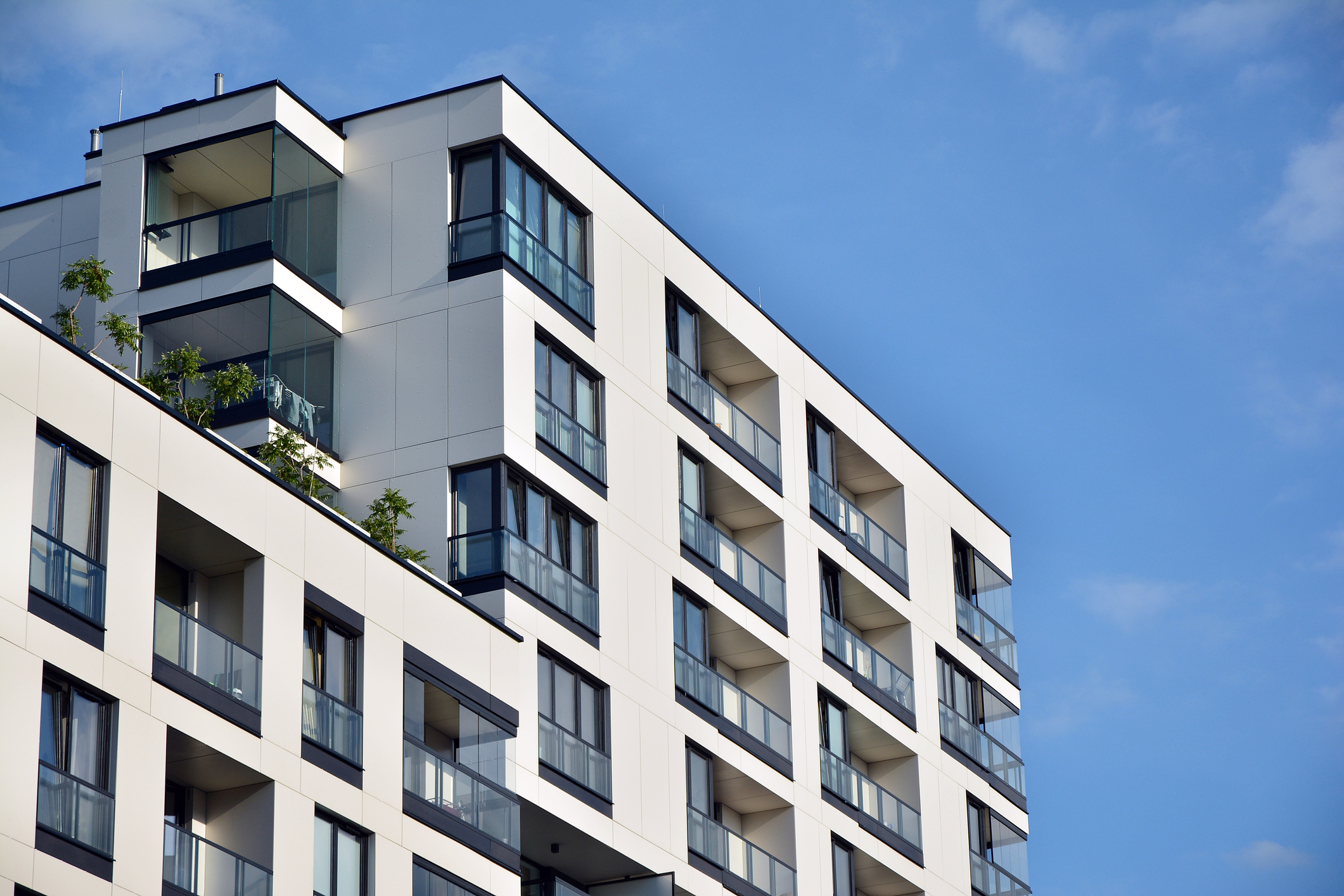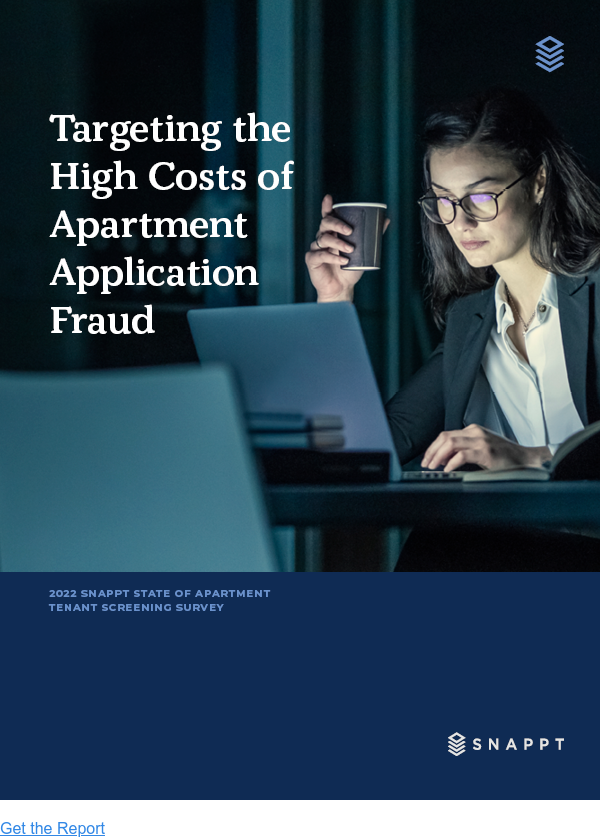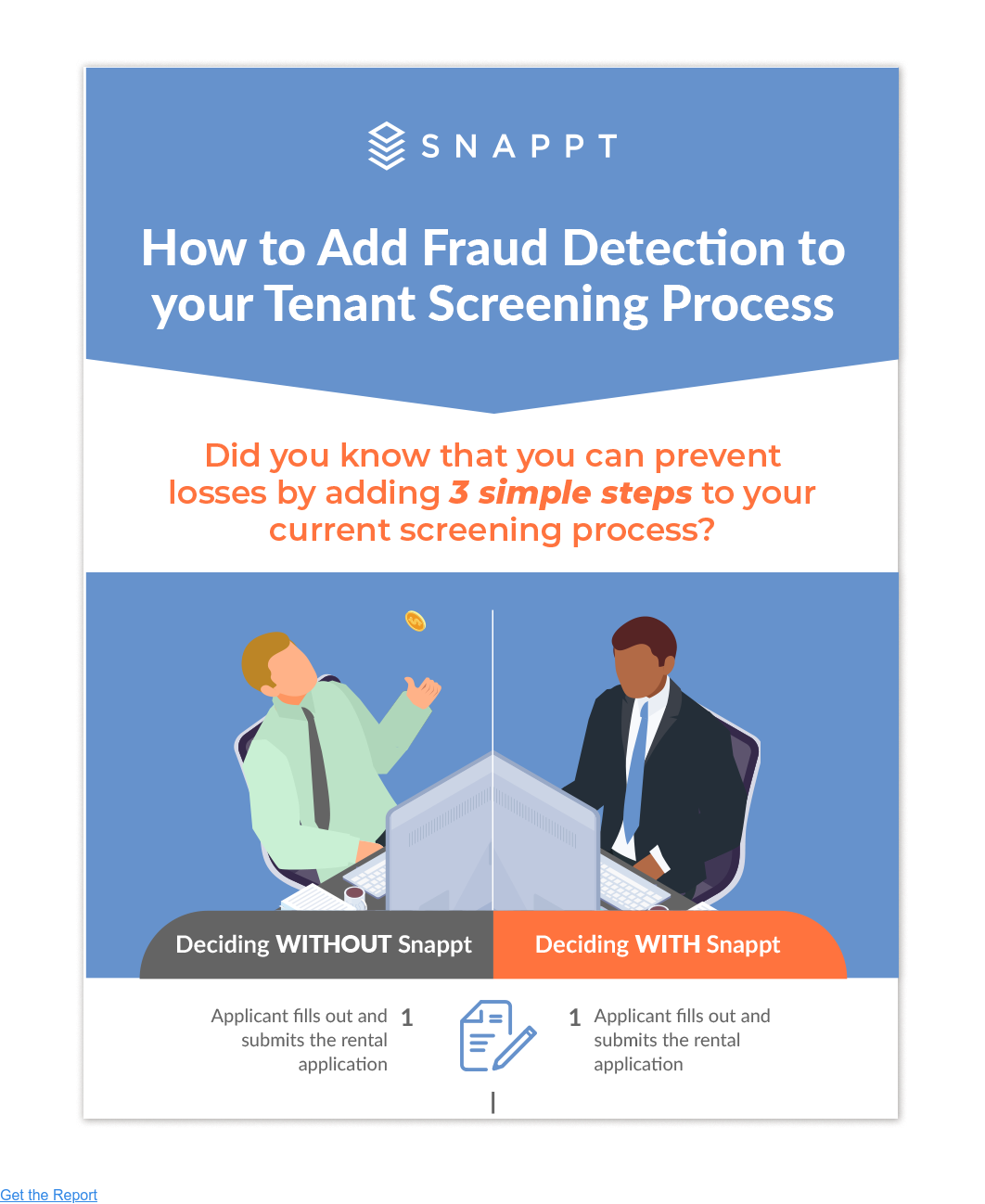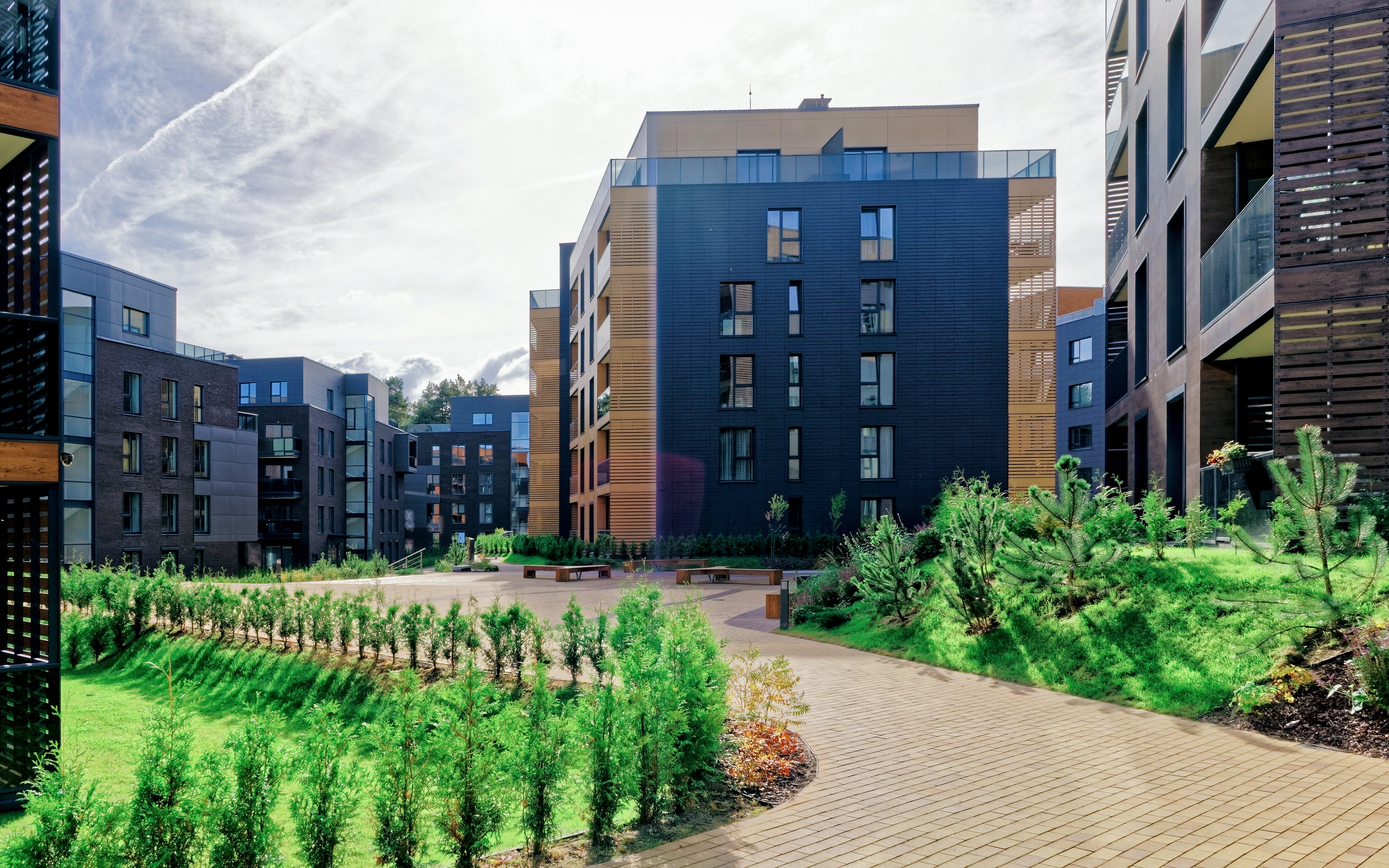The multifamily industry withstood the 2020 recession better than most property sectors—only industrial held up better—and market deterioration was far less than in previous recessions. Still, it was a challenging year as many owners lost rental income plus ancillary income from waived fees, deferred rents, and delinquencies.
The COVID-induced recession impacted urban submarkets significantly more than suburban ones in 2020 with five major COVID-19-related factors that decreased the appeal of urban submarkets in 2020:
-
Remote working requirements.
-
The closing of a portion of urban amenities.
-
The reluctance to use public transit.
-
A desire for more living space and a desire for greater access to the outdoors.
In addition, non-COVID-related factors exacerbated the situation, including the high cost of urban apartments and shifting demographics.
Economic Factors
Three economic factors surfaced as the core challenges for the urban submarkets. The first is income insecurity. The loss of jobs, reduced incomes, and loss of confidence in future income and employment opportunities are challenges in maintaining high-rent properties. While most industries are recovering steadily, some still struggle, including entertainment, tourism, hospitality, retail.
Second is the prevalence of remote work. With work-from-home/work-from-anywhere practices now common for office workers, living near the workplace is far less relevant. CBRE estimates that only 30% to 60% of workers are back in the office, translating to less emphasis on living near work.
The third economic factor challenging urban multifamily markets was the loss of urban amenities—the limited availability of entertainment, restaurants/bars, cultural amenities, sports, etc. While urban amenities continue to return through 2021, it is expected to be only 80-90% of what it was pre-pandemic.
COVID-19 Related Factors
We've written extensively about COVID-19's impact on the residential rental market in the past year. We even commissioned an independent study on the topic, the Effects of COVID-19 on Residential Rentals, 2020 Survey Report. Today we want to look at three challenges specifically impacting the urban multifamily market.
First, let's look at high rents in urban communities. Many renters struggled with the cost-benefit calculus. With fewer benefits from urban living, the justification of the high cost of urban living comes into question. As urban living conditions improve, high rent will become less of a factor. However, some remote renters who became accustomed to more affordable suburban rents may not return due to costs.
Next comes living space and outdoor space—specifically, the lack thereof. The pandemic made us all take a good, hard look at our living spaces. Larger living spaces surfaced as a top amenity as renters spent more time at home. This should diminish as people go back to school and work. However, the hybrid nature of both will likely be a feature of the "new normal."
Access to quality outdoor space also increased in desirability. The continued opening up of public outdoor amenities will mitigate this factor; still, some renters will continue to move to less dense areas.
Lifestyle Trends of Millennials
The last non-COVID-related shift is due to Millennials reaching life stages where urban living is often traded in for larger housing options in less-dense submarkets. This trend is likely to continue to put downward pressure on urban multifamily demand. Gen Z appears to favor urban living but they are a smaller portion of the population.
Multifamily Investment Strategies for 2021
With steadily improving market conditions, multifamily investment volume is expected to increase in 2021. Multifamily segments that had greater market deterioration in 2020—such as high-end assets in urban submarkets may not stabilize until well into 2021 and present more investment risk. Buyers may seek pricing discounts for such assets, but significantly discounted pricing will remain difficult to find. Savvy investors will also take extra precautions to protect their investments from preventable fraud by using Spirited.











